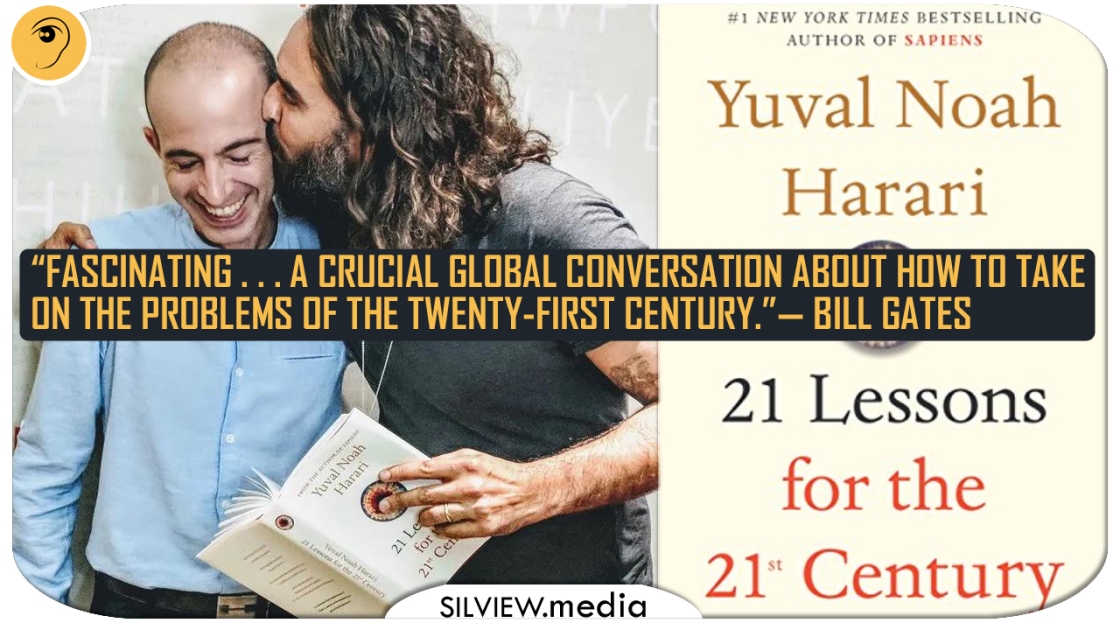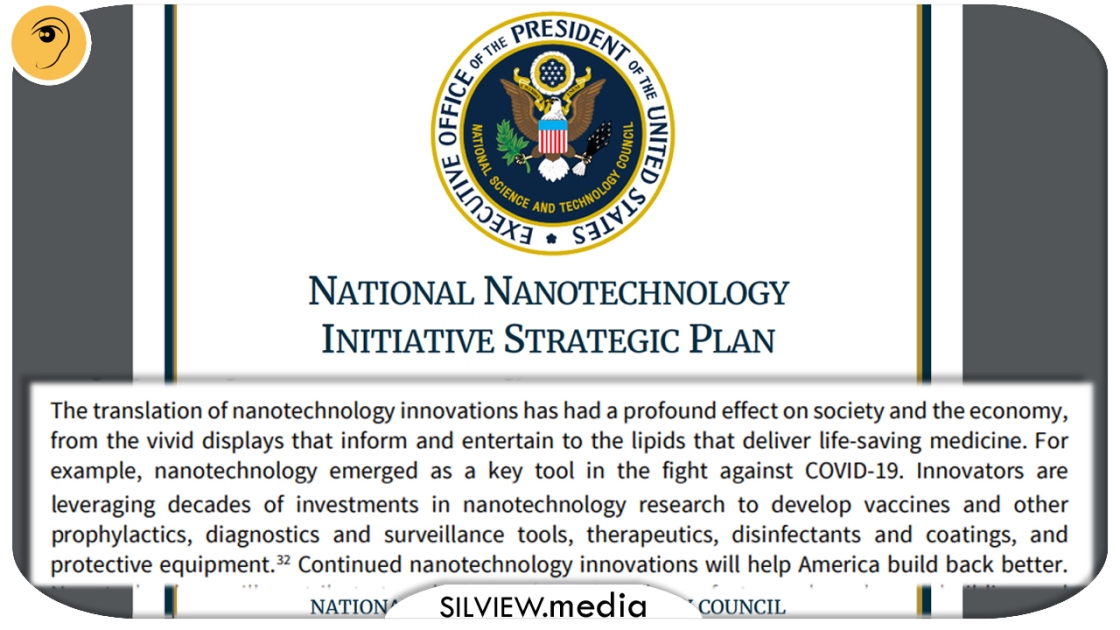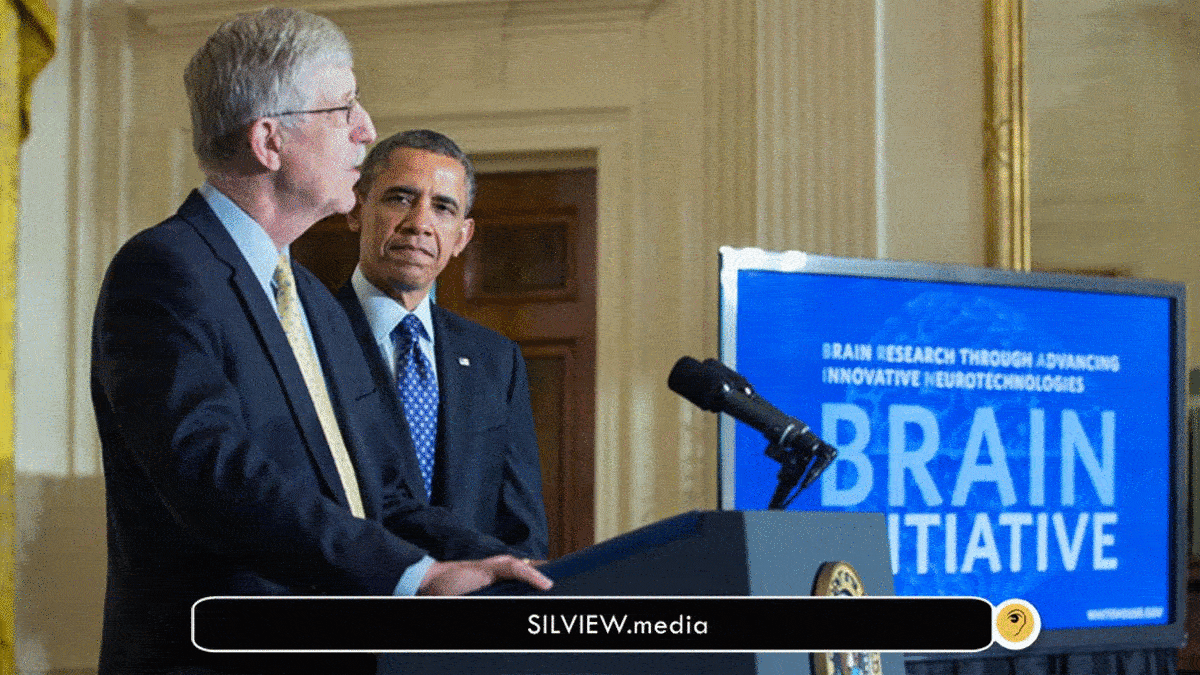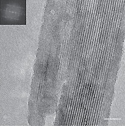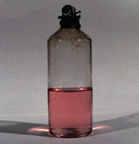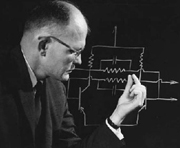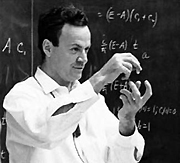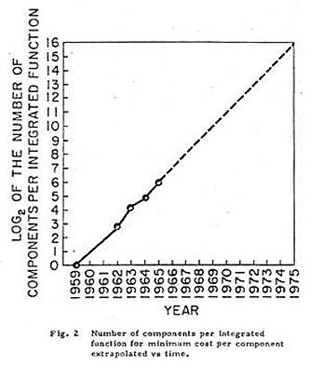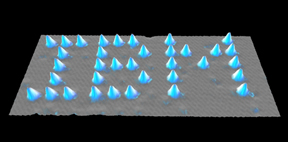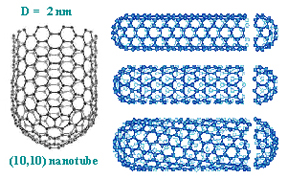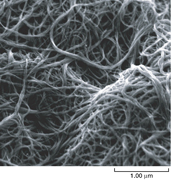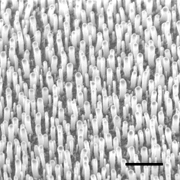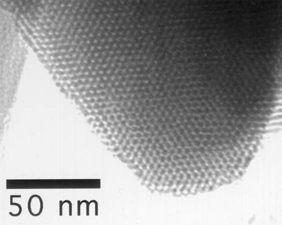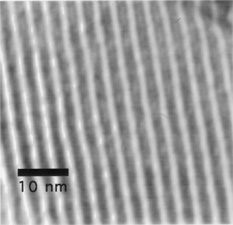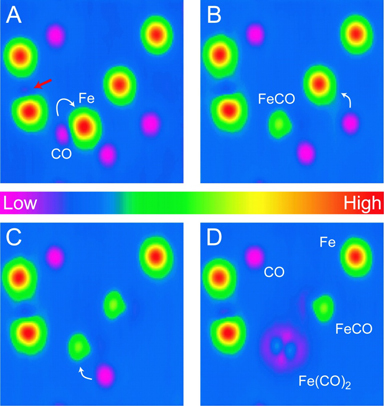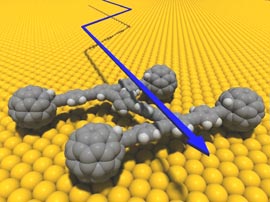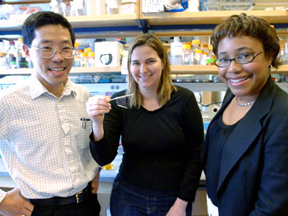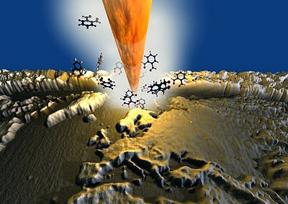Dream hacking and dream engineering are here.
Sweet dreams, biped cattle!
Unless you’re dreaming of beer because Coors Light paid some psycho-nerds a truckload of money.
Credits for this report go almost entirely to Truthstream Media, who have been in my Top5 Favorite Video Content Creators for longer than I can remember now, and their latest piece is no disappointment. I just followed the breadcrumbs they left and went a bit further.
Xbox Looks Deep Into Gamers’ Lucid Dreams Right After They Play
215 McCann work explores ‘Targeted Dream Incubation’
We love it when advertising goes a step further than it needs to, bringing us to a place where we can imagine possibilities we hadn’t considered this morning.
Xbox’s “Made From Dreams,” part of the “Power Your Dreams” campaign, is one such effort. Created to promote the Xbox Series X, it’s the fruit of a partnership with 215 McCann and dream scientists engaged in so-called Targeted Dream Incubation methods—a technique for guiding dreams toward specific themes. A lot of the research can be found in a special edition of the Consciousness and Cognition journal, which focused on dream engineering in its fall issue.
The work basically involves Xbox triggering lucid dreams, then invading them, Inception-style. Lucid dreaming is when you become aware you’re dreaming, and can control the dream. There are a lot of interesting benefits to being able to lucid dream—like safely exploring, and even finding catharsis for, traumas, fears, fantasies and different life possibilities.
And it’s a muscle you can develop! Here’s a primer on how it works and what techniques can be used to strengthen this ability.
In “Made From Dreams,” 215 McCann and Xbox worked with gamers who used the Series X console for the first time before sliding into sleep. Once the gamers were in a semi-lucid state known as hypnagogia—a liminal space between asleep and awake—researchers used a dream recording technology called Hypnodyne to explore dreams as they hatched them.
The series kicks off with “Lucid Odyssey,” featuring streamer MoonLiteWolf and directed by Taika Waititi.
Actual audio recorded from the dream study features in the work, which is otherwise visually embellished by Waititi’s fine hand. For anyone with an ounce of exposure to dream logic, what MoonLiteWolf encounters and sees is appropriately alien yet relatable. We’re especially fond of the weird profundities that dreamfolk always tend to spout.
“Was I supposed to fly this whole time?” she wonders.
“You’re supposed to go wherever you go,” a glowing bunny tells her.
And of course, because she just played Halo a minute ago, Master Chief appears as a deejay with a cat head, spinning an EDM version of the Halo Monk Chant. Nice, Xbox!
Football player Odell Beckham Jr. gets the treatment next. He also gets a custom controller and some Air Force 1’s, customized to match his dreamscape and experiences. Lucky.
Last comes Steve Saylor, or BlindGamerSteve, who walks us through his dreams after playing Destiny 2: Beyond Light. In this case, 3-D spatial sound brings his basic descriptive recording to life: “Close your eyes,” Xbox tells us in its YouTube description, “and let the soundscapes of Steve’s dreams take you to Europa—and beyond.”
Each video approaches the same study in a different creative way, which is a cool touch; otherwise, listening to people’s dreams—in a scientific setting, to boot—can be a drag. Work like this also inspires a desire to explore our own liminal possibilities. It also helps if you can get a custom controller and some shoes out of the deal.
The video below loosely describes the science and procedures used, and summarizes the campaign nicely.
All this is designed to remind you that “the next generation of Xbox consoles is what dreams are made of—literally.” We’ll ignore that trite little PR pretext and focus instead on the overall coolness of this work: It provided creative collaborators with a unique experience, and was clearly fun for the agency and team to work on. Some effort was made to make this interesting for viewers. Lastly, exposing more people to lucid dreaming, especially in a time when so much already feels like a chaotic waking dream, is more of a social plus than a minus.
If you’re looking for a more coherent justification for its existence, we like OBJ’s observation: “Gaming to me is like being in a dream world. It takes you to a whole ‘nother place.” Having lost whole days and nights to No Man’s Sky, we know this to be true.
A few other creative efforts support these core videos. Artist Quentin Deronzier created a series of digital artworks inspired by Stallion83‘s dreams, themselves heavily influenced by Assassin’s Creed Valhalla. And digital creator Johanna Joskowska created AR social filters that enabled fans to load different game-themed experiences from Emericagirl24‘s dreams, which playfully explore aspects of Cyberpunk 2077.
Advertising in Dreams is Coming: Now What?
An opinion piece on recent developments in dream incubation technologies and their ethical implications
Oficial press release by Robert Stickgold, Antonio Zadra, and AJH Haar, Jun 08, 2021
Molson Coors recently announced a new kind of advertising campaign. Timed for the days before Super Bowl Sunday, it was designed to infiltrate our dreams [1]. They planned to use “targeted dream incubation” (TDI) [2] to alter the dreams of the nearly 100 million Super Bowl viewers the night before the game—specifically, to have them dream about Coors beer in a clean, refreshing, mountain environment—and presumably then drink their beer while watching the Super Bowl. Participants in what Coors called ‘the world’s largest dream study’ would get half off on a 12 pack of Coors; if they sent the link to a friend who also incubated their dreams, the 12 pack was free. With this campaign, Coors is proudly pioneering a new form of intrusive marketing. “Targeted Dream Incubation (TDI) is a never-before-seen form of advertising,” says Marcelo Pascoa, Vice President of Marketing at Molson Coors [3].
With brain imaging techniques beginning to capture the core contents of people’s dreams [4] and sleep studies establishing real-time communication between researchers and sleeping dreamers [5], the kind of dream incubation until recently assumed to be the pure science fiction of movies like Inception is now becoming reality. Coors is not the only company expressing interest in using these novel dream incubation technologies: Xbox’s Made From Dreams uses TDI to give professional gamers dreams of their favorite video games, while Playstation advertises a new Tetris game based on a sleep study demonstrating that gameplay incubates Tetris dreams [5]. In 2018, Burger King created a “nightmare” burger for Halloween, claiming that a sleep laboratory study had ‘clinically proven’ it would induce nightmares [6]. And multiple marketing studies are openly testing new ways to alter and motivate purchasing behavior through dream and sleep hacking [7, 8]. The commercial, for-profit use of dream incubation is rapidly becoming a reality.
Traditions of dream incubation—techniques employed during wakefulness to help a person dream about a specific topic—go back thousands of years and span indigenous practices across the globe. Over the last few years, brain scientists have begun to develop scientific tools that facilitate this incubation of specific dream content [2], making dream incubation more targeted and measurable, and allowing scientific experimentation on the nature and function of dreaming. They use sensors to determine when an individual’s sleeping brain is receptive to external stimuli and, at these times, introduce smells, sounds, flashing lights or even speech to influence the content of our dreams [9].
Dreams have ties to people’s well-being [10, 11], and dream content can predict how well someone will adapt to waking challenges and concerns, including those related to trauma and depression [12, 13]. Altering dream content can augment our creativity, boost our mood, and help us learn [14, 15]. We believe that targeted intervention in sleep and dreams could help alleviate several psychiatric conditions including depression and PTSD [12]. We know that targeted delivery of odors during sleep can help combat addiction; participants exposed during their sleep to the smells of cigarettes along with those of rotten eggs smoked 30% fewer cigarettes over the following week [16]. Researchers have not yet tested whether TDI can instead worsen addiction, but the Coors study, which paired images of beer cans not with odious smells but with images of clean mountain streams, may shine a disturbing light on this question. Regardless, such interventions clearly influence the choices our sleeping and dreaming brain make in how to interpret the events from our day, and how to use memories of these events in planning our future, biasing the brain’s decisions toward whatever information was presented during sleep [17, 18].
These questions and developments should be considered in the broader context of sleep and memory research. The last twenty years have been a watershed for sleep research during which we have come to understand the importance of sleep for our memories and emotional health. It is while we sleep that our brain decides which memories to keep and which to forget, and how to organize those it keeps [19, 20]. It also can choose to keep the gist or the emotional core of a memory while letting other details be forgotten [20, 21]. Through this nocturnal process, the brain shapes the memories that together create our autobiographical past, our sense of who we are now, and our understanding of how best to live our lives in the future.
More recent studies have shown that dreaming represents another aspect of this nightly memory evolution. Our dreams are not attempts to suppress undesirable wishes, nor are they simply the result of random brain activity during sleep. Dreaming represents an evolved mechanism for exploring the relevance and importance of older memories to newer ones, seeking to position the events of our day among the innumerable memories and concepts we have accumulated across a lifetime [18], helping to make us just a bit wiser in the process.
For now, TDI-based advertising requires our active participation, for example choosing to play an 8-hour Coors soundtrack while we sleep. But it is easy to envision a world in which smart speakers—40 million Americans currently have them in their bedrooms [22]— become instruments of passive, unconscious overnight advertising, with or without our permission. These tailored soundtracks would become background scenery for our sleep, as the unending billboards that litter American highways have become for our waking life.
Our dreams cannot become just another playground for corporate advertisers. Regardless of Coors’ intent, their actions set the stage for a corporate assault of our very sense of who we are. And it is not difficult to imagine Coors’ ad campaign negatively impacting abstinent alcoholics. Indeed, research has shown that abstinent drug users who report dreaming about their drug-use show higher levels of craving [23]. In the cigarette cessation study mentioned above, not only was the intervention effective in sleep (yet ineffective when the smells were presented during wake), but participants reported no memory of being exposed to these smells in the morning. The potential for misuse of these technologies is as ominous as it is obvious.
TDI-advertising is not some fun gimmick, but a slippery slope with real consequences. Planting dreams in people’s minds for the purpose of selling products, not to mention addictive substances, raises important ethical questions. The moral line dividing companies selling relaxing rain soundtracks to help people sleep from those embedding targeted dreams to influence consumer behavior is admittedly unclear at the moment. While the Federal Trade Commission has indicated that subliminal ads during wake violate its statute requiring truth in advertising, there is no similar indication regarding exposure to advertisements during sleep.
As sleep and dream researchers, we are deeply concerned about marketing plans aimed at generating profits at the cost of interfering with our natural nocturnal memory processing. Brain science helped design several addictive technologies, from cell phones to social media, that now shape much of our waking lives; we do not want to see the same happen to our sleep. We believe that proactive action and new protective policies are urgently needed to keep advertisers from manipulating one of the last refuges of our already beleaguered conscious and unconscious minds: Our dreams.
Robert Stickgold – Harvard Medical School, Boston MA, coauthor of When Brains Dream
Antonio Zadra – Université de Montréal, Canada, coauthor of When Brains Dream
Adam Haar – M.I.T., Cambridge MA, co-developer of TDI tools
Signatories
Judith Amores – Harvard Medical School, Boston MA
Thomas Andrillon – Monash University, Australia
Kristoffer Appel – Institute of Sleep and Dream Technologies, Germany
Ryan Bottary – Boston College, Boston MA
Kelly Bulkeley – The Sleep and Dream Database, Portland OR
Tony Cunningham – Harvard Medical School, Boston MA
Per Davidson – Lund University, Sweden
Teresa DeCicco – Trent Univ, Canada
Eden Evins – Harvard Medical School, Boston MA
Rockelle Guthrie – David Geffen School of Medicine, University of California, Los Angeles
David Kahn – Harvard Medical School, Boston MA
Alexandra Kitson – Simon Fraser University, Canada
Karen Konkoly – Northwestern University, Evanston IL
Célia Lacaux – Paris Brain Institute (ICM) – Paris, France
Anthony Levasseur – Université de Montréal, Canada
Pattie Maes – M.I.T., Cambridge MA
Louis-Philippe Marquis – Université de Montréal, Canada
Patrick McNamara – Boston University, Boston MA
Sara Mednick – University of California, Irvine
Natália Bezerra Mota – Federal University of Pernambuco and Federal University of Rio de Janeiro
Delphine Oudiette – Paris Brain Institute (ICM) – Paris, France
Edward Pace-Schott – Harvard Medical School, Boston MA
Ken Paller – Northwestern University, Evanston IL
Jessica Payne – University of Notre Dame, South Bend IN
Claudia Picard-Deland – Université de Montréal, Canada
Leila Salvesen – IMT School for Advanced Studies Lucca / Donders Institute
Sophie Schwartz – University of Geneva, Switzerland
Paul Seli – Duke Univ., Durham NC
Carlyle Smith – Trent University, Canada
Matthew Spellberg — Harvard University, Cambridge, MA
Katja Valli – University of Turku, Finland
Tomás Vega – M.I.T, Cambridge MA
Erin Wamsley – Furman University, SC
Marco Zanasi – Torvergata Univ, Italy
Morteza Zangeneh Soroush – Tehran University of Medical Sciences
(affiliations listed for identification only)
Citations
1. Coors. (2021). The Big Game Commercial of you Dreams. Retrieved from coorsbiggamedream.com.
2. Horowitz, A. H., Cunningham, T. J., Maes, P., & Stickgold, R. (2020). Dormio: A targeted dream incubation device. Consciousness & Cognition, 83, 102938. doi:10.1016/j.concog.2020.102938
4. Horikawa, T., Tamaki, M., Miyawaki, Y., & Kamitani, Y. (2013). Neural decoding of visual imagery during sleep. Science, 340(6132), 639-642. doi:10.1126/science.1234330
5. Konkoly, K., Appel, K., Chabani, E., Mironov, A. Y., Mangiaruga, A., Gott, J., . . . Witkowski, S. (2021). Real-time dialogue between experimenters and dreamers during REM sleep. Current Biology, in press. Retrieved from https://papers.ssrn.com/sol3/papers.cfm?abstract_id=3606772
6. foodnetwork.com. (2018). Burger King Says New Burger Is ‘Clinically Proven to Induce Nightmares’. Retrieved from https://www.foodnetwork.com/fn-dish/news/2018/10/burger-king-says-new-burger-is-clinically-proven-to-induce-night.
7. Ai, S., Yin, Y., Chen, Y., Wang, C., Sun, Y., Tang, X., . . . Shi, J. (2018). Promoting subjective preferences in simple economic choices during nap. Elife, 7. doi:10.7554/eLife.40583
8. Mahdavi, M., Fatehi Rad, N., & Barbosa, B. T. r. o. d. o. a. i. p. i. D., 29(3), . https://doi.org/10.1037/drm0000110. (2019). The role of dreams of ads in purchase intention. Dreaming, 29(3), 241–252. doi:https://doi.org/10.1037/drm0000110
9. Solomonova, E., & Carr, C. (2019). Incorporation of external stimuli into dream content. In K. Valli & R. Hoss (Eds.), Dreams: Biology, Psychology and Culture (pp. 213-218). Westport, CT: Greenwood Publishing Group.
10. Pesant, N., & Zadra, A. (2006). Dream content and psychological well-being: a longitudinal study of the continuity hypothesis. J Clin Psychol, 62(1), 111-121. doi:10.1002/jclp.20212
11. Sandman, N., Valli, K., Kronholm, E., Vartiainen, E., Laatikainen, T., & Paunio, T. (2017). Nightmares as predictors of suicide: an extension study including war veterans. Sci Rep, 7, 44756. doi:10.1038/srep44756
12. Cartwright, R. (1991). Dreams that work: The relation of dream incorporation to adaptation to stressful events. Dreaming, 1, 3-9.
13. Mellman, T. A., David, D., Bustamante, V., Torres, J., & Fins, A. I. (2001). Dreams in the Acute Aftermath of Trauma and Their Relationship to PTSD. Journal of Traumatic Stress, 14, 241-247. doi: https://doi.org/10.1023/A:1007812321136
14. Barrett, D. (2001). The committee of sleep : How artists, scientists, and athletes use dreams for creative problem-solving–and how you can, too. New York: Crown Publishers.
15. Erlacher, D., & Schredl, M. (2010). Practicing a motor task in a lucid dream enhances subsequent performance: A pilot study. The Sport Psychologist, 24(2), 157-167.
16. Arzi, A., Holtzman, Y., Samnon, P., Eshel, N., Harel, E., & Sobel, N. (2014). Olfactory aversive conditioning during sleep reduces cigarette-smoking behavior. J Neurosci, 34(46), 15382-15393. doi:10.1523/JNEUROSCI.2291-14.2014
17. Hu, X., Antony, J. W., Creery, J. D., Vargas, I. M., Bodenhausen, G. V., & Paller, K. A. (2015). Cognitive neuroscience. Unlearning implicit social biases during sleep. Science, 348(6238), 1013-1015. doi:10.1126/science.aaa3841
18. Zadra, A., & Stickgold, R. (2021). When Brains Dream. New York: W.W. Norton.
19. Dumay, N., & Gaskell, M. G. (2007). Sleep-associated changes in the mental representation of spoken words. Psychological Science, 18(1), 35-39. Retrieved from http://www.ncbi.nlm.nih.gov/entrez/query.fcgi?cmd=Retrieve&db=PubMed&dopt=Citation&list_uids=17362375
20. Payne, J. D., Stickgold, R., Swanberg, K., & Kensinger, E. A. (2008). Sleep preferentially enhances memory for emotional components of scenes. Psychological Science, 19(8), 781-788. doi:10.1111/j.1467-9280.2008.02157.x
21. Payne, J. D., Schacter, D. L., Propper, R. E., Huang, L. W., Wamsley, E. J., Tucker, M. A., . . . Stickgold, R. (2009). The role of sleep in false memory formation. Neurobiol Learn Mem, 92(3), 327-334. Retrieved from http://www.ncbi.nlm.nih.gov/entrez/query.fcgi?cmd=Retrieve&db=PubMed&dopt=Citation&list_uids=19348959
22. voicebot.ai. (2020). Yes. The Bedroom is Now the Most Popular Location for Smart Speakers. Here’s Why and What it Means. Retrieved from https://voicebot.ai/2020/04/30/yes-the-bedroom-is-now-the-most-popular-location-for-smart-speakers-heres-why-and-what-it-means/.
23. Tanguay, H., Zadra, A., Good, D., & Leri, F. (2015). Relationship between drug dreams, affect, and craving during treatment for substance dependence. J Addict Med, 9(2), 123-129. doi:10.1097/ADM.0000000000000105
According to a MIT Media Lab study on dream engineering, “nearly any sensory stimuli has potential for modulating experience in sleep.”
And we’ve learned that where MIT is involved, the military and DARPA are very likely to be be involved. So, unsurprisingly, this just came out in Popular Mechanics magazine:
The Pentagon Is Trying to Modulate Your REM Sleep
Is artificial dream implantation next?
Popular Mechanics, Aug 14, 2023
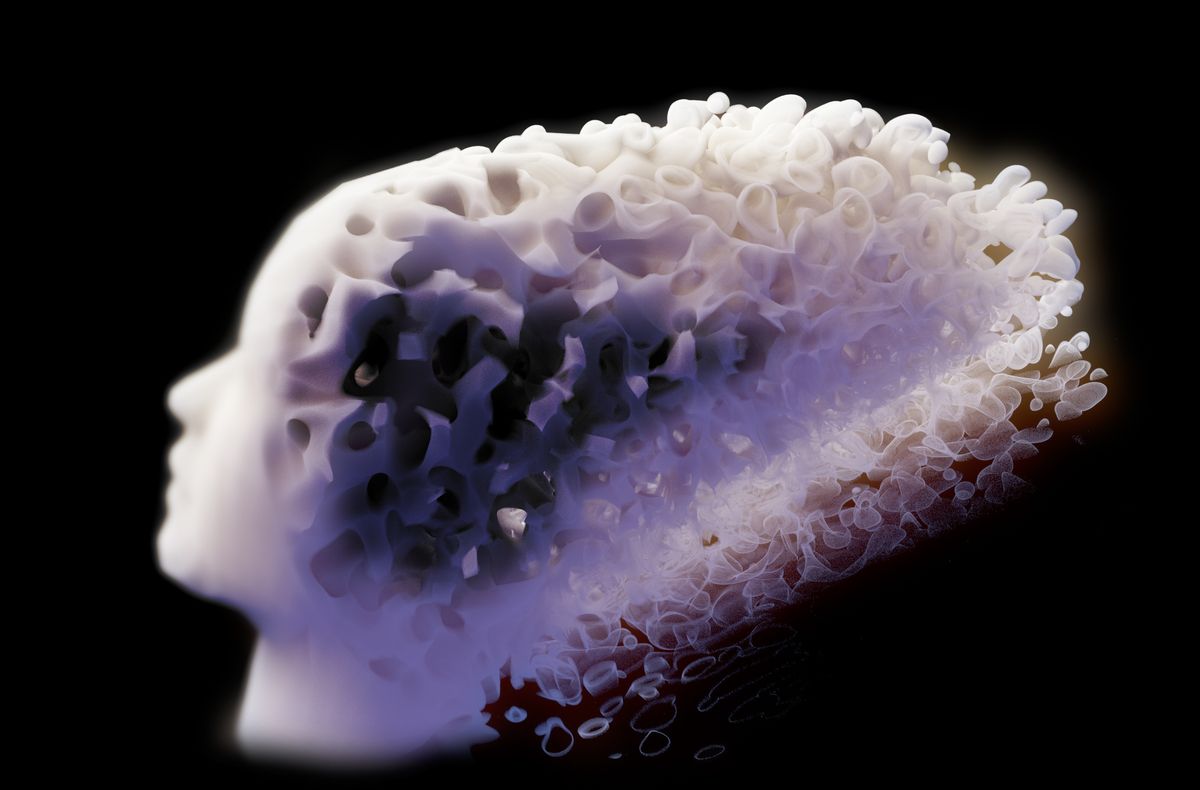
- A Department of Defense-led research project wants to modulate REM sleep to help ease stress.
- The study also aims to enhance REM sleep in order to consolidate traumatic memories.
- Controlling REM sleep could offer multiple health benefits, but also opens the door to additional theories.
The Department of Defense wants to see if anyone out there can control rapid eye movement (REM) sleep. The department has put out a call for submissions to do just that, all with the goal of easing stress and traumatic memories. But there could be more to the equation.
The Defense Advanced Research Projects Agency (DARPA) and Defense Sciences Office issued what it calls a Disruption Opportunity, “inviting submissions of innovative basic or applied research concepts in the technical domain of neuromodulation as a means of enhancing rapid eye movement (REM) sleep mechanisms associated with stress adaption and traumatic memory consolidation.”
The feasibility study and proof of concept would be worth $1 million for the team with the winning submission.
The goal is to learn how to modulate—or control—REM sleep to help ease stress and post-traumatic stress. But there’s speculation that we can expect a bit more from this Opportunity than understanding REM sleep. In a Sociable post, the outlet posits that “the idea of modulating and even artificially implanting dreams is not far off.”
As Sociable notes, the Department of Defense Disruption Opportunity doesn’t mention anything about dream incubation. But the continued investigation of everything from targeted dream incubation to targeted memory reactivation isn’t necessarily that far off from the “memory consolidation” the DARPA brief calls for.
However, at the moment, this is all speculation. And while it may be exciting to think about a real-life incarnation of the movie Inception, the stated goal of the DARPA effort—using REM sleep to help understand how to control sleep in order to reduce sleep disturbances and prevent PTSD—is nothing to sneeze at in and of itself.
A 2015 study in the Biology of Mood & Anxiety Disorders highlights how post-traumatic stress disorders often come accompanied by disturbed sleep, including fragmented rapid eye movement. The study notes that sleep disturbance resulting from acute trauma may contribute to PTSD, and that continued sleep disturbances can exacerbate PTSD.
“We suggest that optimizing sleep quality following trauma, and even strategically timing sleep to strengthen extinction memories therapeutically instantiated during exposure therapy,” the authors write, “may allow sleep itself to be recruited in the treatment of PTSD and other trauma and stress-related disorders.”
Using targeted sleep improvements to better the health of patients, including veterans suffering from post-traumatic stress disorder, could offer up a new tool to helping improve the post-military life of United States military personnel.
Now, DARPA is looking to develop a novel cognitive science tool that enlists machine learning and “physiological sensors” to detect what someone believes to be true.
If this technology ever makes it way into the general population through the Internet of Bodies (IoB) ecosystem of inter-connected devices that can be worn, swallowed, or implanted — then Harari’s dystopian scenario could prove truly prophetic.
The proverbial “they” would know your reaction to what the authorities were saying, know if you believed them or not, and could take action against you.
“If we allow the emergence of such total surveillance regimes, don’t think that the rich and powerful in places like Davos will be safe” — Yuval Harari, WEF, 2020
“By bringing together recent advances in cognitive science, neuroscience, physiological sensors, data science and machine learning,” DARPA says, “the NEAT program will develop processes that can measure what a person believes to be true.”
This will be possible by:
- Presenting carefully crafted stimuli that are designed to evoke specific preconscious mental processes.
- Detecting the resulting preconscious processes using current physiological sensors combined with state-of-the-art signal processing and neural analytics.
- Using advances in machine learning and data science to aggregate the preconscious responses collected across a set of stimuli into a final measurement that quantifies what a person believes to be true for a specific topic.
“We are no longer mysterious souls; we are now hackable animals” — Yuval Harari, WEF, 2020
According to Harari, “To hack human beings you need a lot of biological knowledge, a lot of computing power, and especially a lot of data.
“If you have enough data about me and enough computing power and biological knowledge, you can hack my body, my brain, my life. You can reach a point where you know me better than I know myself.”
The historian even came up with a “danger formula” for hacking human beings, which he believes “might be the defining equation of life in the 21st Century.”
That equation is B x C x D = AHH — which means Biological knowledge multiplied by Computing power multiplied by Data equals the Ability to Hack Humans.
“The power to hack human beings can of course be used for good purposes like provided much better healthcare,” said Harari, adding, “but if this power falls into the hands of a 21st Century Stalin, the result will be the worst totalitarian regime in human history, and we already have a number of applicants for the job of 21st Century Stalin.”
In his “How to Survive the 21st Century” speech at Davos in 2020, Harari warned:
“After four billion years of organic life shaped by natural selection we are about to enter a new era of inorganic life shaped by intelligent design — our intelligent design is going to be the new driving force of the evolution of life.”
“Governments, corporations, and armies are likely to use technology to enhance human skills that they need like intelligence and discipline while neglecting other human skills like compassion, artistic sensitivity, and spirituality,” he added.
“The result,” according to Harari, “might be a race of humans who are very intelligent and very disciplined, but lack compassion, lack artistic sensitivity, and lack spiritual depth.”
What Harari doesn’t realize is that the race he’s talking about is here, he and his psychopathic buddies in Davos and wherever, doing this type of works, are that race of soulless Borgs, even though still organic for the most part.
more resources
Advertisers Are Hijacking Your Dreams, Scientists Say – Popular Mechanics 2021
MIT Targeted Dream Incubation Overview:
Nightmare scenario: alarm as advertisers seek to plug into our dreams – The Guardian, 2021
To be continued?
Our work and existence, as media and people, is funded solely by our most generous supporters. But we’re not really covering our costs so far, and we’re in dire needs to upgrade our equipment, especially for video production.
Help SILVIEW.media survive and grow, please donate here, anything helps. Thank you!
! Articles can always be subject of later editing as a way of perfecting them
















